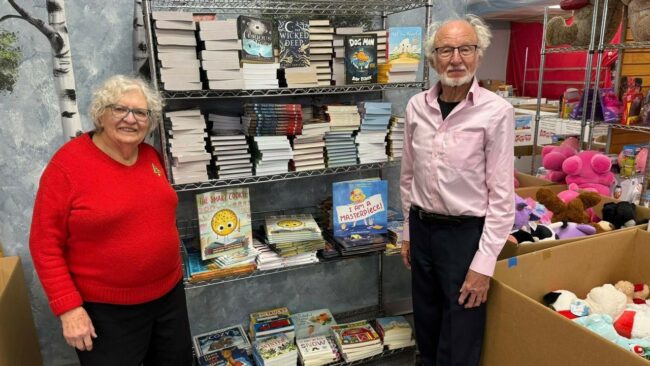New York confirmed as 8th state to have made major driver’s license error
… Associated Press. All rights reserved)
New York regularly hands out licenses to … kicked off following a deadly Florida crash caused by an … warned of withholding millions from California, Pennsylvania, and Minnesota after audits revealed substantial …






